WeCo is a C++ and python library to find several sets of possible correlations between multiple wells. It builds on the Dynamic Time Warping algorithm to hierarchically correlate a set of stochastic correlations between wells or groups of wells. The code is designed to help stratigraphers formulate various sets of correlation rules based on the available informations along the wells (logs, facies, sequences, etc).
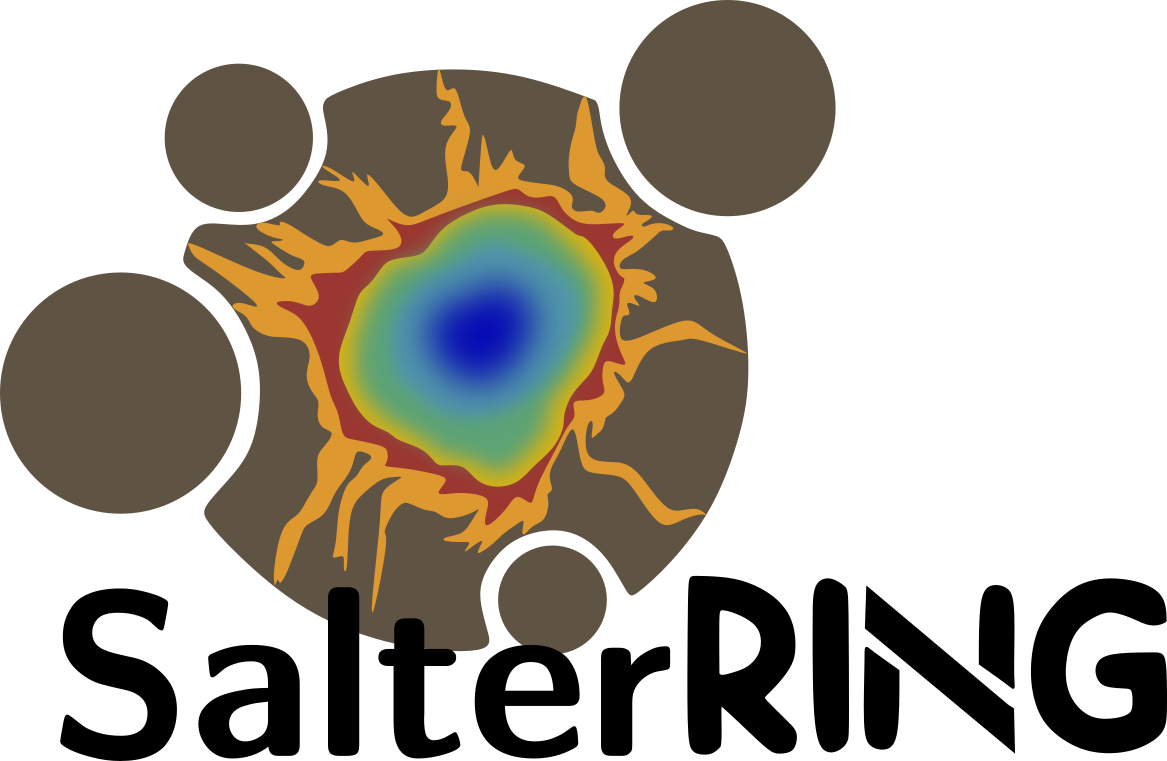
SalterRING is a python module developed within the RING team. The aim of this module is to provide tools to jointly model hydrothermal alteration facies and the geological structures that govern fluid flow and hence the geometry of alteration facies.
Alteration facies modeling in SalterRING is based on an implicit, stochastic modeling approach. A pseudo scalar distance field P(d) is used to model alteration front boundaries. This distance field is generated using front propagation methods and a velocity field, considered as proxi of hydraulic conductivity. The velocity field is parameterized by generating geological objects using Boolean processes. Objects that can control the geometry of hydrothermal alteration (regional faults, unconformities, fractures, sedimentary geometries and petrophysical heterogeneities) are generated and tested via a Metropolis Hastings algorithm. Model quality is monitored via a misfit term to the input data. In this first version, calibration is mainly based on point data from boreholes, in particular alteration front limits.
This first version of SalterRing is being developed as part of Paul Marchal's thesis, supervised by Guillaume Caumon and Pauline Collon, and funded by Orano.
Training link available soon.
See Ring Meeting Paper 2023 for more informations.
The FISSSA module (developed by the RING Team in collaboration with IECL lab) provides functionalities to interpret fault networks stochastically from two dimensional seismic images. Fault description is formulated in terms of an explicit mathematical a priori model thanks to a marked point process model managing interactions between fault segments. This model is conditioned to data through a fault likelihood attribute thanks to a Gibbs probability distribution.
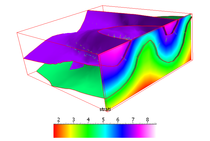 RINGToolKit was created in 2018 as the base plugin gathering useful functionalities for SKUA-GOCAD users and plugin developers.
RINGToolKit was created in 2018 as the base plugin gathering useful functionalities for SKUA-GOCAD users and plugin developers.
It mainly includes georeferencing tools tailored for geological field data, import/export facilities and the implicit structural modeling tools previously available in StructuralLab.
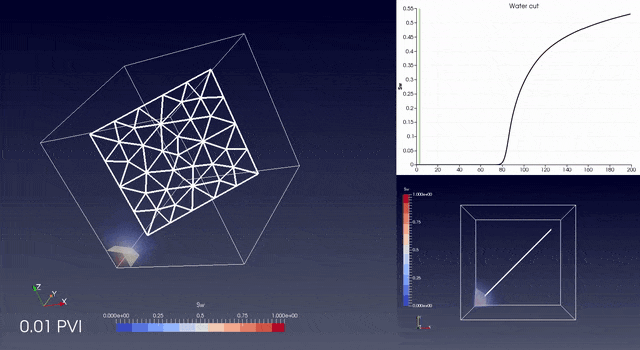
RINGFlow is a Control Volume / Finite Element library to simulate flow in fractured porous media on unstructured grids.
The library contains tools for accurate upscaling from tetrahedral meshes to non aligned and non matching grids.
More information are available in the 2024 training.
This library implements a general sandbox to define stochastic point process models with interactions. This allows to generate random sequences of points in space that may be associated with random characteristics called marks. If these characteristics describe a geometrical object, we speak about object point processes. This project provides functionalities to manage, characterize, and simulate spatial point processes.
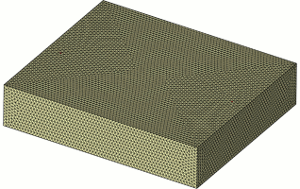 Researches on fractures led to the developement of several tools.
Researches on fractures led to the developement of several tools.
Here is an exhaustive list of modules and project developed at RING for Fracture Network characterization and stochastic simulation.
Contact: Francois Bonneau
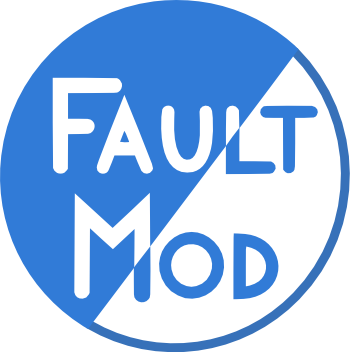 FaultMod is a SKUA-GOCAD plugin for modeling faults, fault networks and related uncertainties.
FaultMod is a SKUA-GOCAD plugin for modeling faults, fault networks and related uncertainties.
Building geological models is always an underconstrained process. A large part of the uncertainty is carried by faults because faults zone are poorly imaged in seismic. Furthermore faults dramatically impacts fluid flows and building models cohrent with geological concepts and knowledge is a key to increase models quality when few data are available. FaultMod offers several tools to integrate geological concepts in structural modeling workflows.
 SCube is a SKUA-GOCAD plugin to perform stochastic multi-well correlations.
SCube is a SKUA-GOCAD plugin to perform stochastic multi-well correlations.
With a set of rules, it computes the cost of the association of each pair of units on two different wells and then outputs the correlation of the wells with the least expensive associations.
The rules that can be chosen are various such as the size of the units, the depth, the facies,... or also the frequence of observation of the association in a training forward model.
It can be used for multi-well correlation and it is possible to automatically build stratigraphic grids from these correlations. Since 2018, it is being gradually replaced by the stand-alone code WeCo
 Building 3D geological surfaces from field data using implicit surfaces on tetrahedral meshes.
Building 3D geological surfaces from field data using implicit surfaces on tetrahedral meshes.
StructuralLab includes various interpolation contraints to create implicit structural surfaces from location data, orientation data, axial data about folds. It also implements a dip domains approach.
Since 2018, the main StructuralLab fonctionalities have been integrated in RingToolKit
A stand-alone open-source python implementation of the approach is also available in LoopStructural (Grose et al, 2021)
SIGMA (Seismic Imaging for Geomodel Analysis) is a collection of programs to close the loop between seismic imaging/modeling on the one hand, and seismic interpretation and structural modeling on the other hand. The long term goal of the library is to develop tools needed for reducing structural uncertainties by waveform inversion...
Magnetostratigraphic correlation is generally a manual task. The Cupydon software allows you to automatically correlate your mag section to the reference scale. The main benefit is not so much the gain in time but the possibility to look at a large number of likely correlations depending on the length of your section and on the variations of the sedimentation rate.
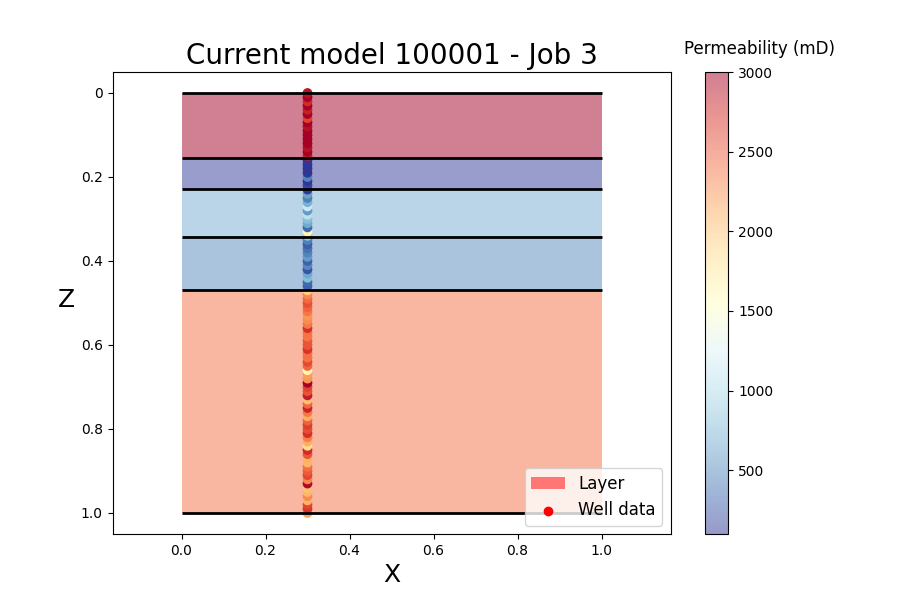
Transdimensional inversion of flow data (TIFlow) is a library to perform transdimensional inversions in history matching problems. In contrast to Bayesian sequential modelling in which permeability values are inferred in a fixed reservoir geometry, TIFlow allows transdimensional Monte Carlo methods based on a reversible jump Markov chain Monte Carlo algorithm (RJMCMC). These approaches are a way to solve the inverse problem with a self-adaptive geological parameterization in which the number of model parameters is unknown.
The code considers a 2D layered reservoir model. The number of geological layers is variable and the algorithm will converge towards the appropriate reservoir parameter (permeability property) and reservoir geometry (number and location of layer interfaces), using flow data and static reservoir data.
